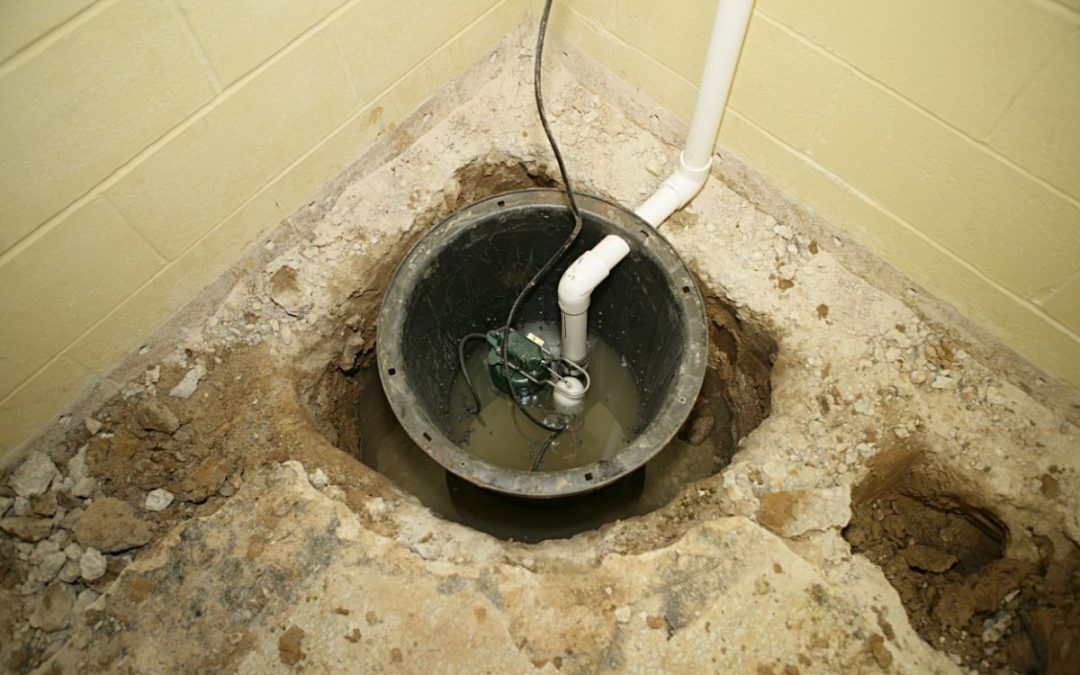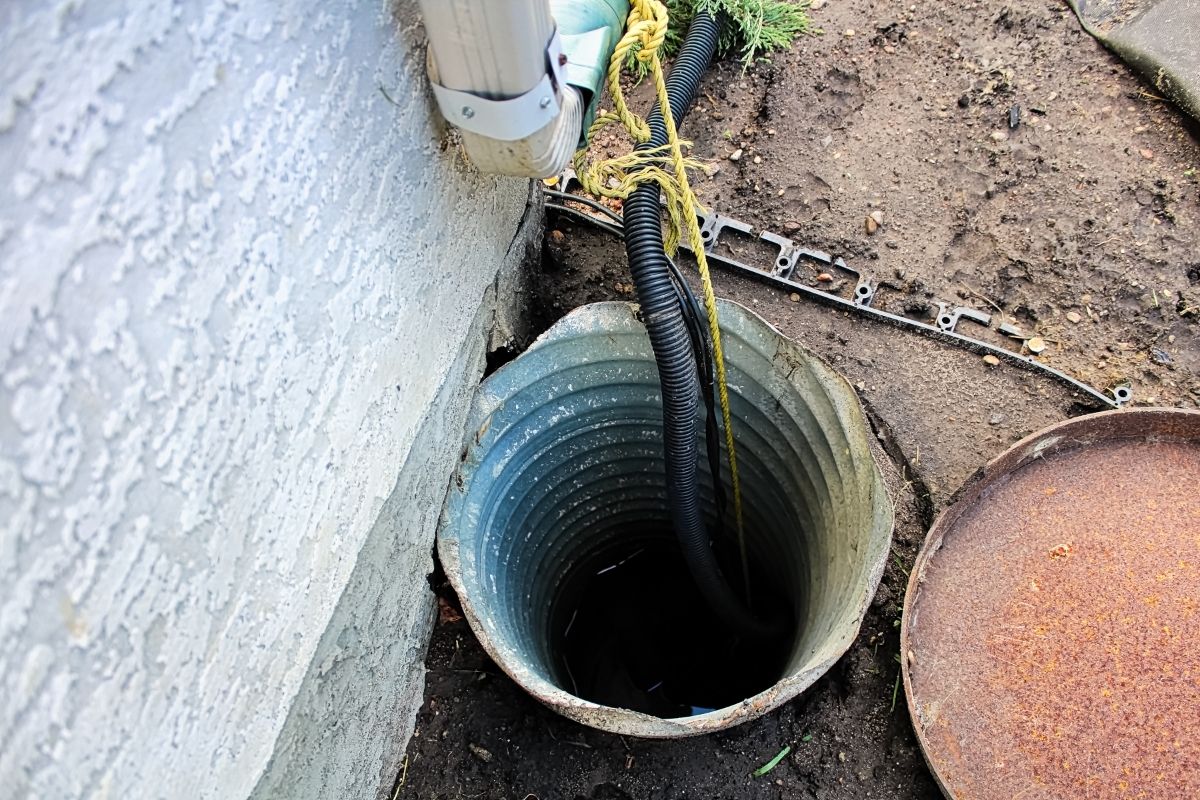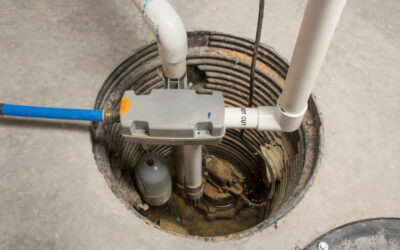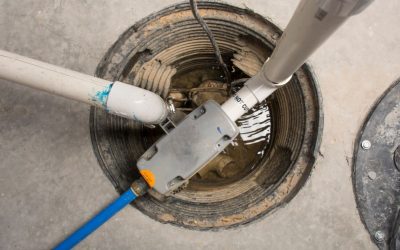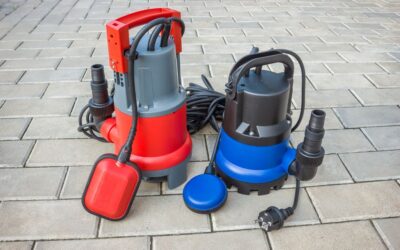Using a sump pump is a great way to keep your basement or crawl space nice and dry, but in order for it to keep on working properly, you will need to maintain it.
This also includes cleaning it. Whilst it might come as a surprise, just like with most things, a sump pump will need regular cleaning to ensure there are no blockages, and that debris is removed.
This type of cleaning means removing parts such as the pump, and getting rid of excess water. So, if you’re wondering how to clean your sump pump, then read on!
Step-by-Step: Cleaning a Sump Pump
Below you will find all you need to know about cleaning your sump pump in our step-by-step guide:
Items You Will Need
- Plastic sheeting or tarp
- A tool that will be used to scrape debris (whatever suits the job!)
- A bucket that’s either medium or large
- The garden hose
- And finally a wet/dry vacuum to clean up any mess made
Tip: Before you start work on cleaning your sump pump, make sure that it isn’t in the middle of working, even if it is dry weather – and especially do not clean your sump pump if it is raining outside.
To put it simply, there should be no water making its way into the basin during the cleaning process.
Step 1: Disconnect From Power Supply
This first step is not to be skipped because it is extremely important, otherwise you will run into trouble.
You must either switch off the circuit breaker directly at the power source, or unplug the sump pump. If you do not do either of these things, then you are going to be dancing with danger – and it’s totally not worth it.
Step 2: Wrap Up the Pump
If you want to avoid having extra to clean, then wrap the bottom area of the actual pump with the tarp or plastic sheeting.
Just make sure you are able to access all sides to clean as well, so do not over wrap it!
Step 3: Start Cleaning the Pump
Now we have reached the actual cleaning stage – some might even say the fun bit.
With the garden hose, spray the pump. Thus will dislodge any loose residue and dirt. Once you have removed all you can, use whatever scraping tool you chose to remove any tougher bits of dirt.
You might even strangely find this therapeutic to do.
Step 4: Final Rinse of the Pump
When you have finished scraping off the dirt, blast the pump again with the garden hose. This will remove anything that still remains.
Step 5: Draining the Check Valve
This is where your bucket comes in. Use it to drain the check valve. There might be a lot in here so be prepared!
Once that has been done, you can put it back.
Step 6: Remove Excess Standing Water
Now that you have finished cleaning the sump pump, it is time to clean up any mess that has been made, as well as remove the excess standing water.
To do this, simply use a wet/dry vacuum to suck up the water from the sump pump. Afterwards, remove any water from elsewhere that may have splashed during the cleaning process.
Step 7: Time to Reconnect the Sump Pump
Now the cleaning process is fully over, you will need to reconnect the sump pump and make sure everything is in the correct place in the sump pit.
You can also reconnect the pump to the power source and switch the breaker to the on position.
That’s it! You should have a fully clean sump pump ready to continue its job.
Tip: For reference, always write down when you cleaned the sump pump. This will then remind you of when you last did it, and to know when a next maintenance clean is due.
If you live in an area where your sump pump works a lot, then you will want to schedule a clean more often to make sure it keeps on working properly.
Bonus Read: How Often Should A Sump Pump Run?
Why Clean a Sump Pump?
Cleaning a sump pump regularly (at least three or four times a year) means that it will stay working in good order. Like with most things, if it is not maintained, overtime it will become prone to wear and tear.
Eventually, it may have problems and then cease to work. To avoid this, all you need to do is make sure it stays as clean as a sump pump can be, and that any issues like blockages in the discharge pipe are removed ASAP.
Bonus Read: How To Tell If A Sump Pump Is Working
Do I Have to Clean a Sump Pump Myself?
There are companies that probably offer to clean your sump pump for you, but it is actually a really easy job to do. If you look at the step-by-step instructions above, all it takes is a bit of scraping, water and knowledge of where things go.
If you are really worried about cleaning your own sump pump, then it will be easy to call in a professional local plumber near you. Just know that it can be done by the homeowner, and it doesn’t require any specialist knowledge.
How Often Should I Clean My Sump Pump?
It is recommended that you clean a sump pump every three months. In reality, it all depends on where you live.
Let’s say you live in a harsh climate that rains a lot, then it is likely that your sump pump switches on a fair bit to do its job. When this is the case, you might need to clean your sump pump more than the recommended every three months.
If you live in an area that is dry and only sees rainfall at certain parts of the season, then you might get away with cleaning it less.
If you find that your sump pump builds up a lot of debris just generally, then make an effort to clean it on a regular basis.
Basically, it’s all down to your individual home and the type of climate you live in.
Final Thoughts
Cleaning your sump pump is really easy! So long as you follow the above step-by-step guide, you will be able to clean your sump pump without any prior knowledge.
Cleaning your sump pump regularly will also make sure that it lasts for a long time, and should help to avoid it having problems in the future.

